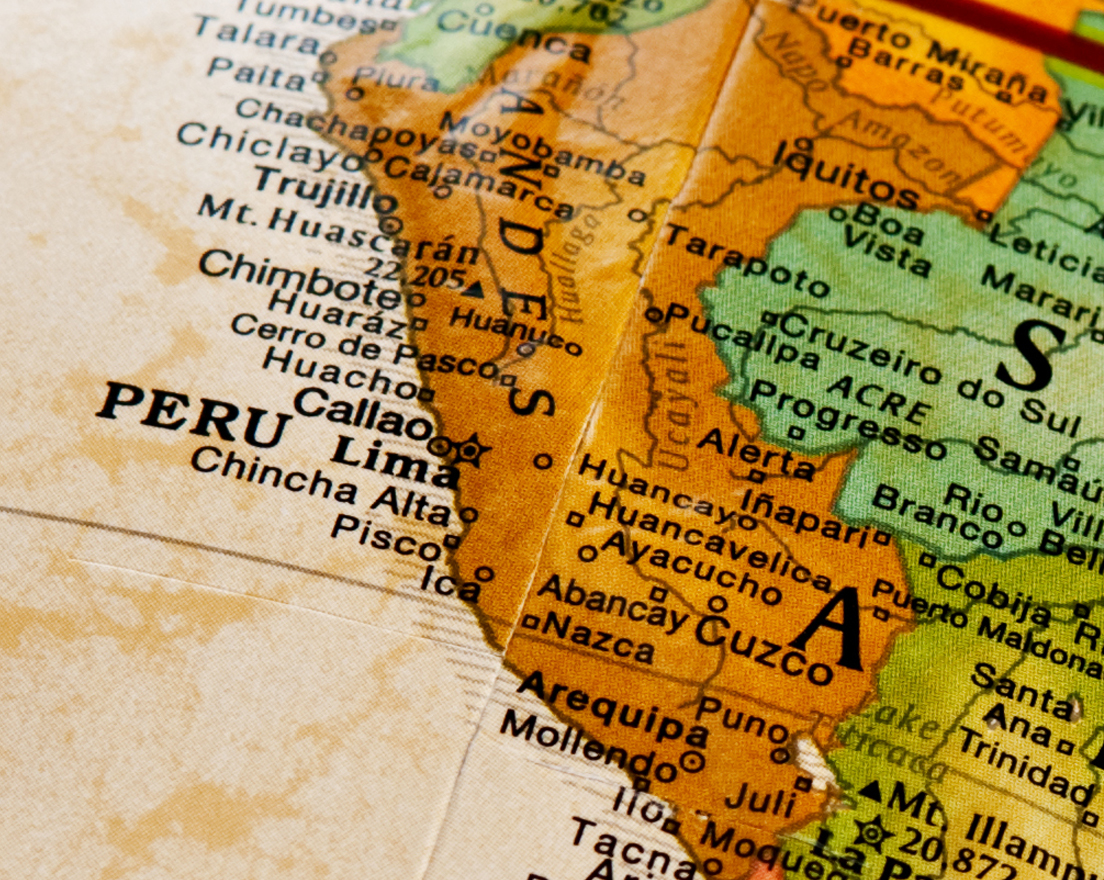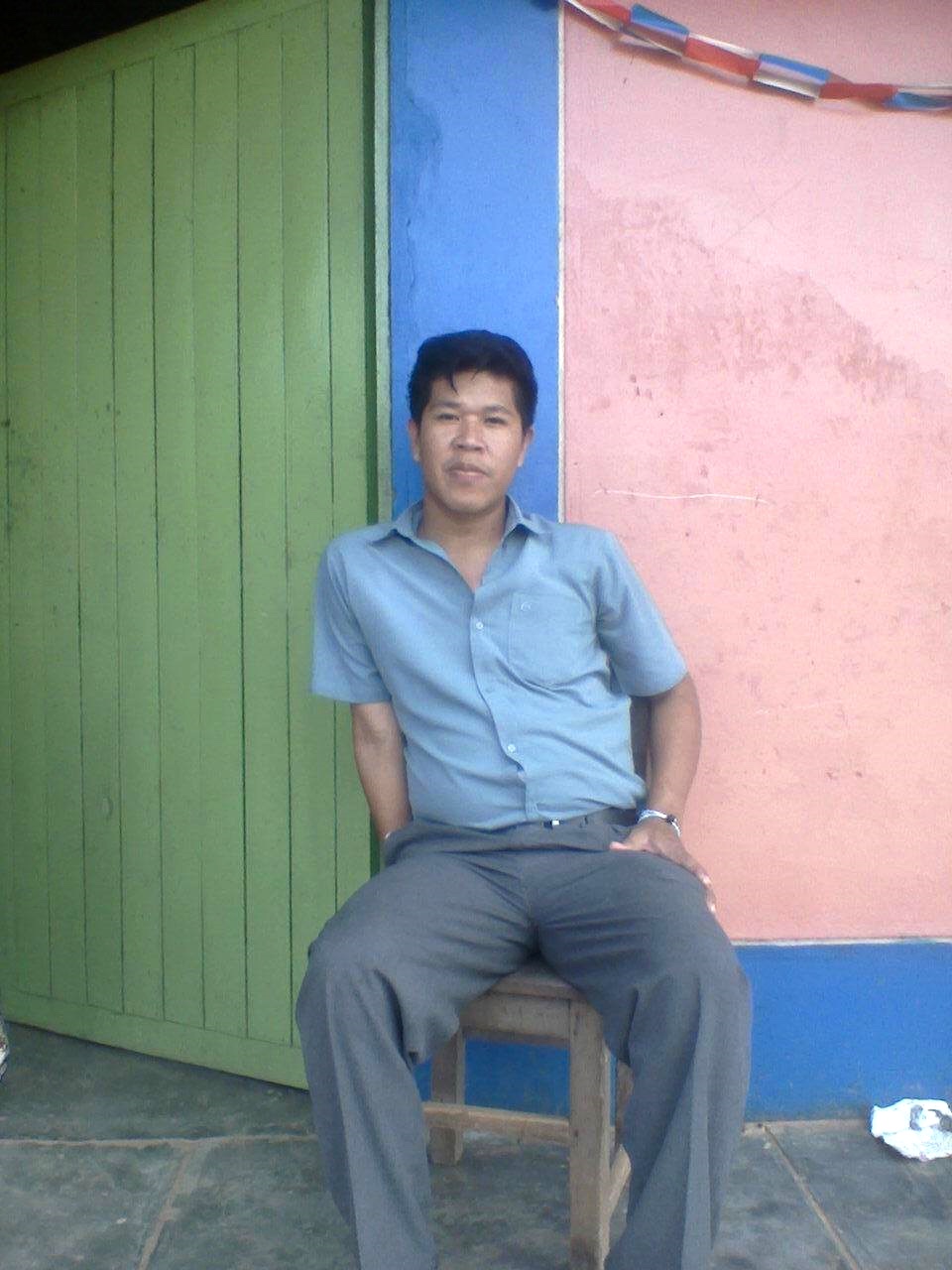When Children Need Books: Part 1
/SIL LEAD is dedicated to helping communities use their languages to improve their quality of life. One way that we do that is by helping children learn to read in those languages. The creation of Bloom by our partner SIL International has made it dramatically easier to create the books people need to practice reading. Bloom has received a great deal of attention for winning the All Children Reading contest this year, and we look forward to seeing how it will empower local authors.
However, we are not the only organization that is working on creative solutions to get children reading in a variety of languages. Below in this first post, you can read about the International Digital Children’s Library. Next week we will talk about the African Storybook Project, and the third part of this series will compare these two projects—their content and interfaces. We hope that these descriptions will help you get a better idea of the solutions that already exist, and the work that remains to get all children reading well.
The homepage and a sample storybook page from africanstorybook.org. We will look at this project in the next blog post.
The International Children’s Digital Library
Displaying two pages of a bilingual storybook on childrenslibrary.or. The story is written in Tagalog on the left and English on the right.
This first project is the International Children’s Digital Library (ICDL), which was created by an interdisciplinary team at the University of Maryland composed of computer scientists, librarians, teachers, and graphic designers. Their mission “is to support the world's children in becoming effective members of the global —who exhibit tolerance and respect for diverse cultures, languages and ideas—by making the best in children's literature available online free of charge.”
The project only accepts physically published books, some of which are under copyright. Books are chosen by educators, children, authors, and publishers, then scanned and added to the database. Website visitors can view digital copies of these books on the website, using a highly developed reading interface. The project does not support downloading, copying, or printing any of the materials in the collection. The site launched in 2002 and has had more than three million unique visitors since then. The collection contains 4,619 books in 59 languages, with users from 228 countries.
Reading a book in Gujarati using ICDL’s online interface
Although the project succeeds at providing digital images of the content of books for free, more books are available in languages and regions where they are less needed. Stated another way, the site provides more advantages to children who are already in more advantaged situations. The presence of effective publishing industries or non-profit sectors making high-quality books in North America, Europe, and selected Asian countries leads to a higher proportion of materials coming from these regions. The site hosts 975 books from Asia, 469 from North America, and 405 from Europe but only 103 from South America, 60 from Africa, and 53 from Australia/Oceania. Additionally, ICDL’s original goal was to provide 10,000 free books in 1000 languages. They achieved almost 50% of their goal for the number of titles, but just over 5% of their goal for the number of languages before the project’s activity declined. “Current news” postings on the website are abundant from 2002 to 2010, then drop off sharply, with the last one occurring in 2013, likely indicating that funding and interest have slowed in the last few years. The site is a useful tool as it is, but no longer seems to be growing.
Come back soon for the next post in our When Children Need Books series, which will address the African Storybook Project.
Thank you to our contributing author Megan Sutton Mercado.






















